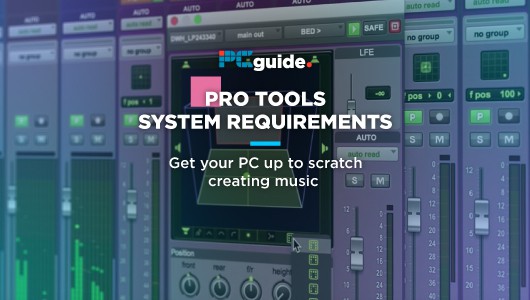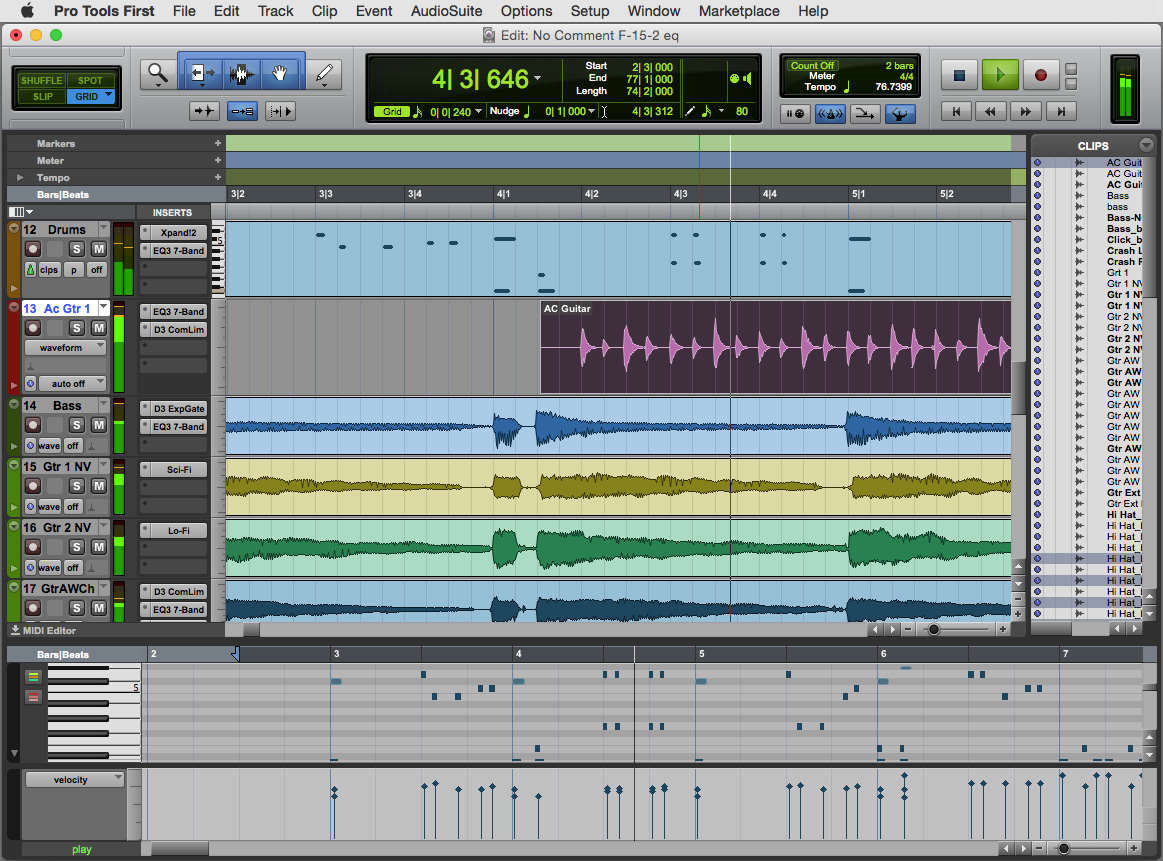
#Pro tools requirements pro
The Sound Tools system's stereo audio features were groundbreaking, but the move to multitrack recording with the release of the Pro Tools system was a logical progression for Digidesign.

#Pro tools requirements full
Brooks built an expansion card equipped with a 16-bit DA converter and a prototype Motorola DSP chip, allowing Sound Designer to use the DSP chip rather than the computer's CPU for its audio editing.Īfter showing off the prototype at the NAMM trade show, Digidesign set about developing a full audio input, output and processing system, eventually producing the 16-bit Sound Accelerator card, DAT-I/O digital interface and AD In analogue interface. The solution came in 1987 with the release of the Macintosh II, complete with six NuBus expansion slots.

"With the pros catered for, Digidesign began to target the budget-conscious consumer." Even carrying out very basic edits meant having to wait for the computer to process the signal, making for an infuriating stop-start workflow. Hooking up a separate 16-bit interface to the Mac, it then became apparent that any serious signal processing was going to push the computer's processor to its absolute limit.
#Pro tools requirements software
Sound Tools, released in 1989, was Digidesign's first attempt at a computer-based hardware direct-to-disk recording solution with a software front end.Įssentially, Brooks and Gotcher wanted to design a digital recording solution based on what they'd learned from Sound Designer but decided the Mac's 8-bit AD/DA conversion capabilities weren't up to scratch. Having successfully mastered software sample editing, a fully featured digital audio recording and processing solution was, in retrospect, the logical next step. Released in 1985 at a price of $995, Sound Designer brought the visual editing features of exotic instruments like the Synclavier and Fairlight to a much larger market.Īlthough at this stage sampling was beyond the reach of most consumers and amateur musicians, Digidesign developed new versions of the software for each new sampler that hit the market, eventually releasing a Universal application, which could be used with all the most popular hardware by the likes of Akai, Roland and E-MU. Working in conjunction with E-MU, Digidrums changed its name to Digidesign and began work developing a groundbreaking Mac-based sample editing system for the Emulator II keyboard. Despite their primary interest in making their own lives easier, it soon became apparent that the software should be developed for general release. Identifying the audio potential of the newly released Macintosh computer, they set about creating basic digital audio recording and editing software for their own use. Having recorded the Digidrums samples on Sony's videotape-based PCM-F1 digital recording processor, the duo were keen to find a less cumbersome and more flexible option. Luckily, they were already working on a solution.

However, Brooks and Gotcher anticipated that users would soon crave more than just a selection of alternative preset sounds. Digidrums' hugely successful range of chips were simple enough for Drumulator owners to swap in and out as desired, offering everything from Simmons electronic drum sounds to John Bonham-inspired 'heavy metal' samples.


 0 kommentar(er)
0 kommentar(er)
